The Future of Hospitality: Trends and Innovations Through the Push and Pull Model
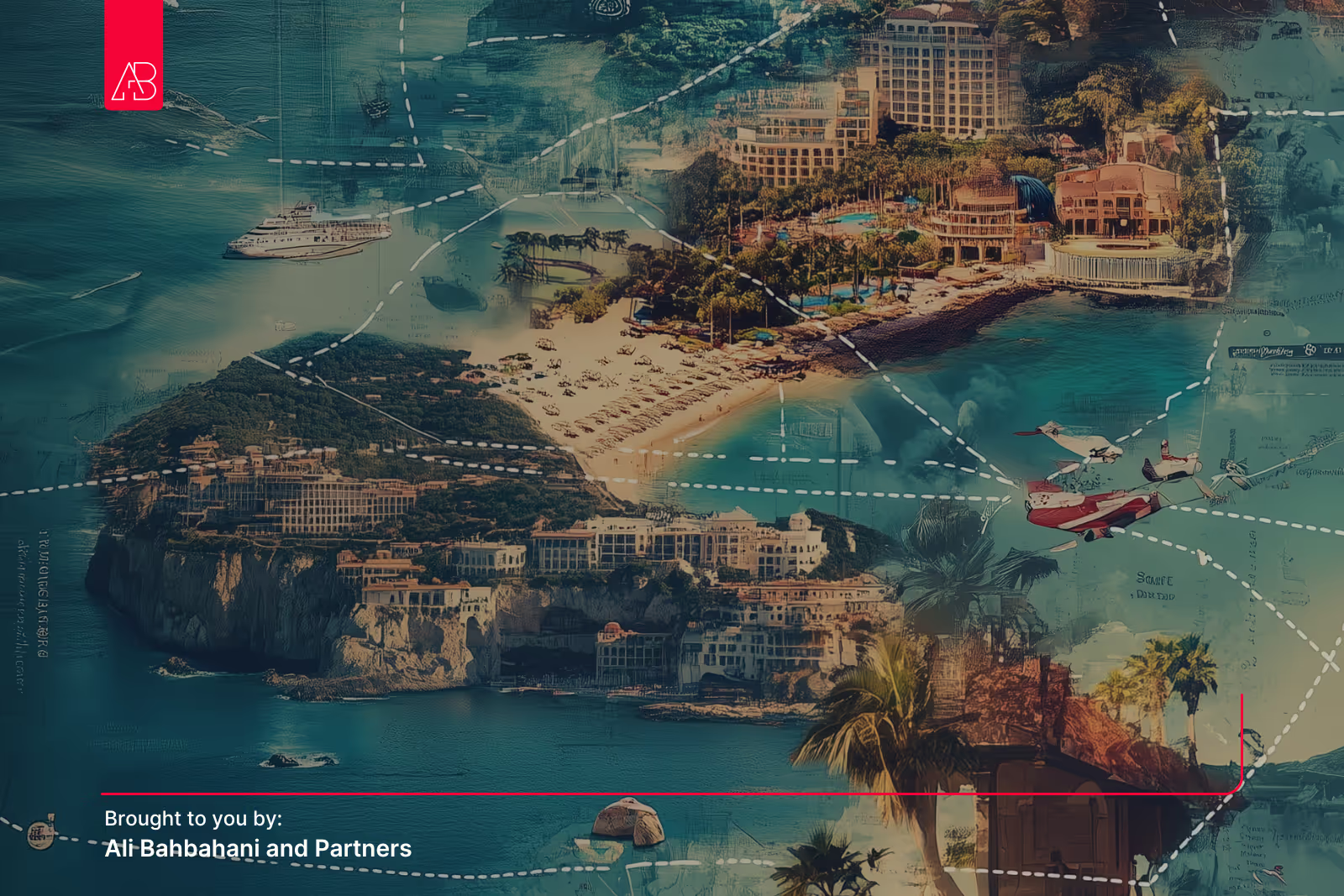
Hospitality is changing at a rapid pace as guests become more tech-savvy, eco-conscious, and eager for memorable experiences. To thrive in this dynamic environment, businesses must truly understand why people choose certain destinations. A proven framework for unraveling traveler motivations is the push and pull model:
- Push Factors: Internal motivators, such as the desire for relaxation, adventure, or cultural enrichment.
- Pull Factors: External attractions, like stunning scenery, advanced amenities, or seamless logistics, that make one destination stand out over another.
Let’s look at today’s key hospitality trends through the lens of this model, with an emphasis on multi-destination travel, an increasingly popular way to see more than one place on a single trip.

Why Push and Pull Factors Matter
Almost every trip starts with an internal push, or instance, a need to unwind (studies show 90% of travelers seek “relaxation and escape”) or an appetite for new experiences (over 80% crave unique cultural or culinary encounters). Once those desires crystallize, travelers pick specific hotels or destinations based on external pulls, such as flexible check-ins (which 85% say are important) or top-tier wellness facilities.
Seamlessly blending these internal and external motivations gives hospitality providers an edge. Anticipate what guests truly want, freedom, comfort, novelty, and offer them the right features at the right time.
Future Trends: Why Anticipate What’s Next
In a market shaped by rapid innovation, staying relevant means looking ahead. Proactively aligning with upcoming shifts, be it in environmental responsibility or digital engagement, allows properties to outpace competitors. Here’s why focusing on future trends matters:
- Continued Relevance
Guests increasingly expect eco-friendly options, tech-driven personalization, and unique local discoveries. By offering these before they become mainstream, you remain the go-to choice. - Elevated Guest Experience
Introduce new platforms (e.g., virtual concierge, AI chatbots) early, so your staff and operations mature alongside the technology, guests get a polished experience. - Protecting Your Brand
Forward-thinking strategies help cushion your business against sudden market changes or economic disruptions. - Growing Revenue Streams
By innovating early with unique packages (such as themed wellness trips or multi-city loyalty programs), you tap into new markets and encourage higher customer spend.
Below, we look at some of the most important trends through the push and pull model, spotlighting how hotels can act now to stay ahead of tomorrow’s demands.

1. Sustainability (Pull)
Why It’s Trending
Global surveys confirm rising eco-consciousness among travelers. According to Booking.com’s 2023 Sustainable Travel Report, 74% of travelers want to make more sustainable travel decisions, and 69% desire to reduce their carbon footprint on holiday. That’s a massive external pull for hotels that champion green initiatives.
- Push: Many people internally feel responsible for protecting the planet and choose vacations that align with this value.
- Pull: Hotels offering eco-friendly programs, like water conservation, solar power, and reduced single-use plastics, attract these conscientious guests.

Example:
Six Senses Hotels & Resorts weaves sustainability into its DNA, using renewable energy and promoting zero-waste dining, perfect for guests seeking both luxury and low environmental impact.
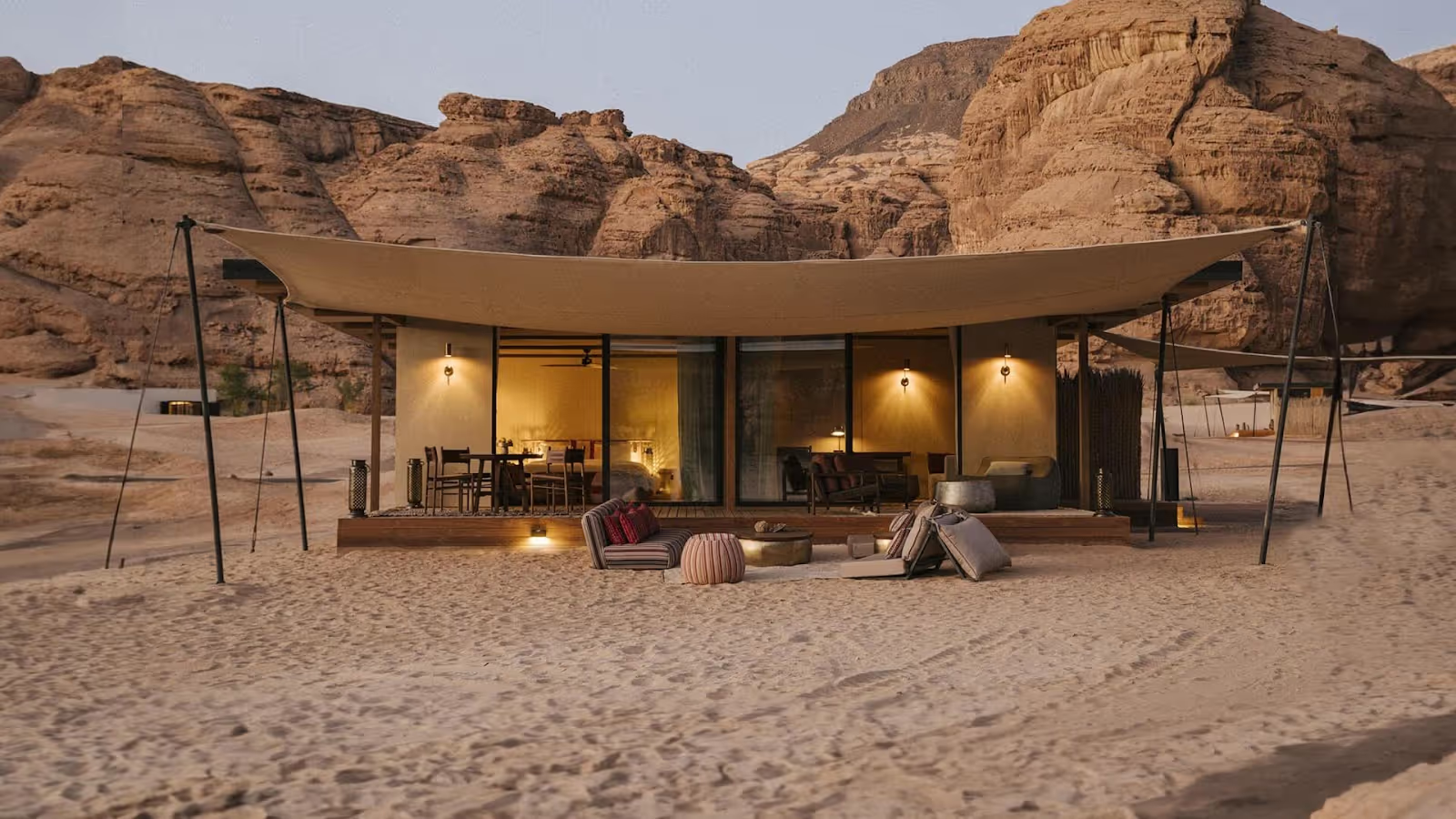
Habitas is a growing hotel group that incorporates sustainability into its design, from using locally sourced materials to supporting environmental conservation projects. Guests who seek a luxurious yet eco-minded escape are pulled in by these visible commitments.
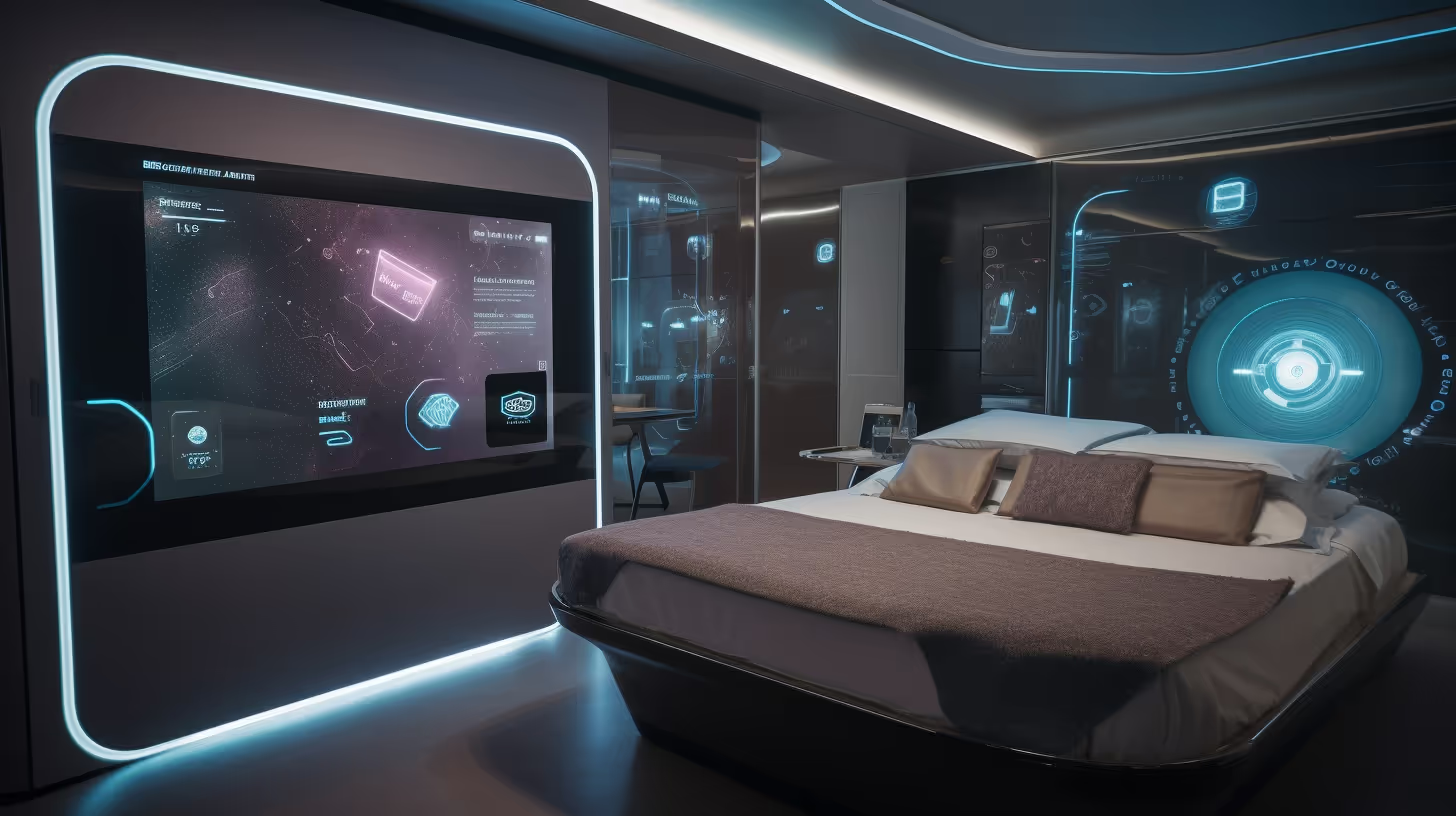
2. Personalization Through Technology (Push and Pull)
Why It’s Trending
Technology has become integral to everyday life, and travelers expect the same convenience on the road. From AI-powered booking assistants to IoT-equipped rooms, 68% of travelers consider personalization, guided by tech, crucial for a standout stay.
- Push: Guests internally desire unique experiences that reflect their personal tastes and interests.
- Pull: When hotels boast robust tech amenities, like app-based check-in, voice-activated room controls, or hyper-targeted upsells, they pull tech-savvy customers eager for efficiency.
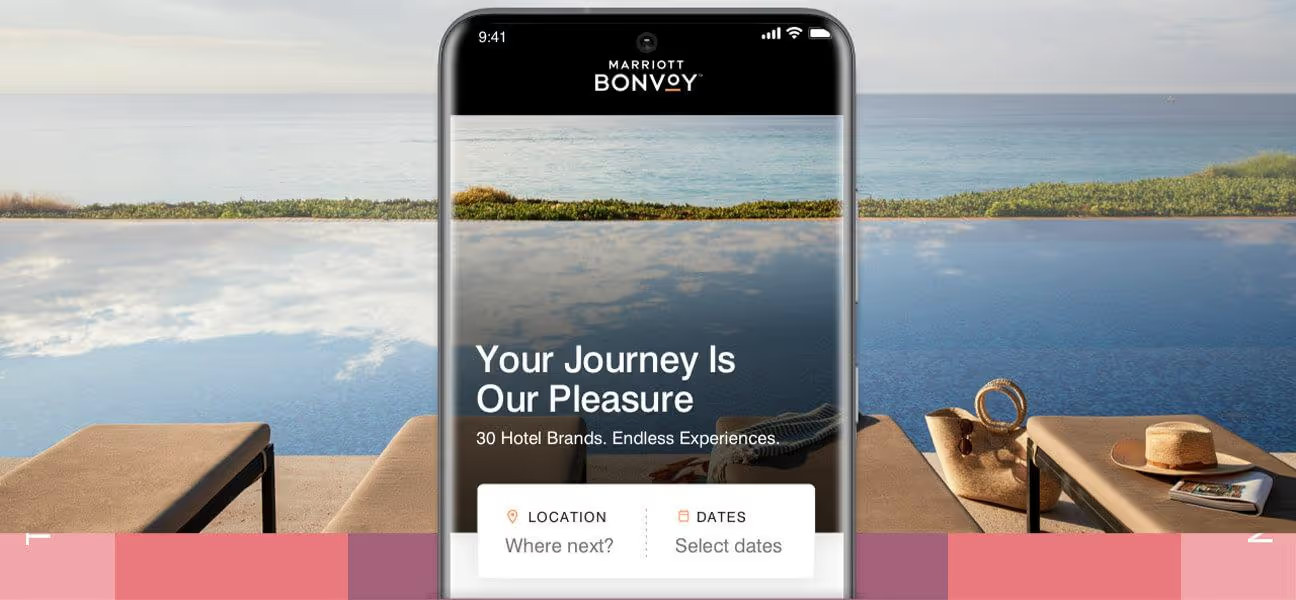
Example:
Marriott Bonvoy’s app allows travelers to select room preferences and communicate with staff, enhancing convenience while personalizing the stay.
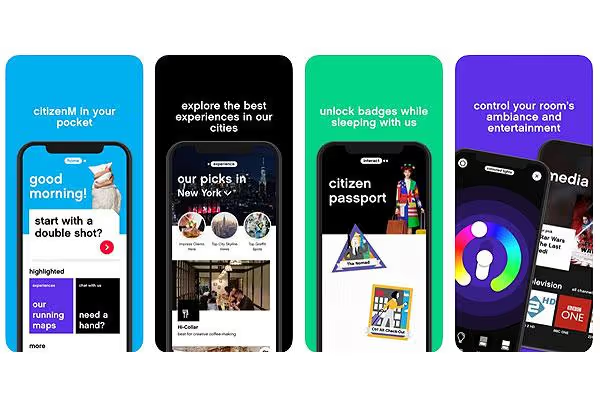
CitizenM uses a fully app-driven experience, from check-in to room ambiance controls. Modern travelers find this appealing, seeing it as a seamless way to customize their stay and reduce human error or wait times.
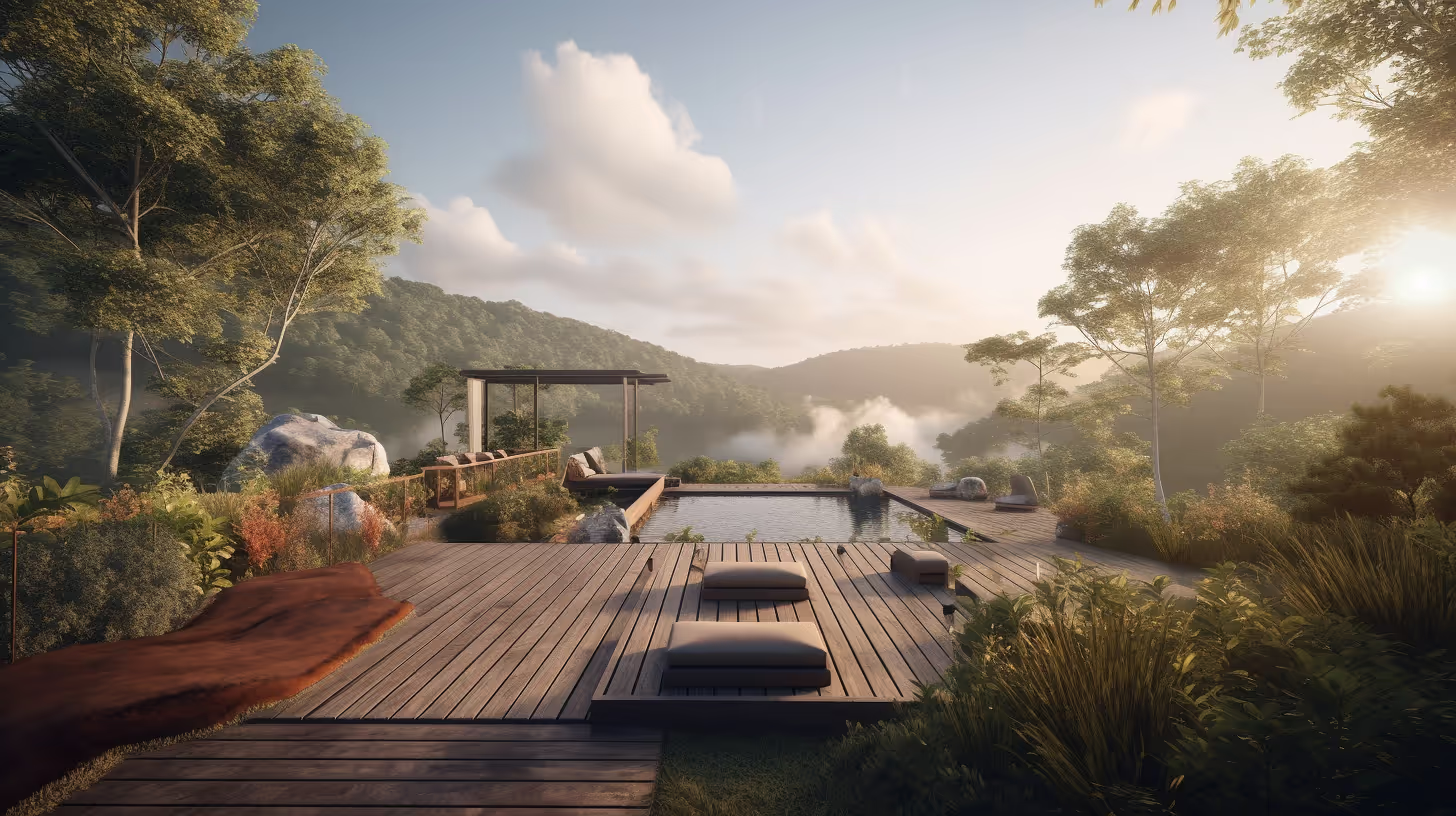
3. Wellness Tourism (Push)
Why It’s Trending
Stress levels across many demographics have surged, with travelers seeking mind-body rejuvenation more than ever. Some estimates suggest the global wellness tourism market could exceed $1.3 trillion by 2027 (Global Wellness Institute).
- Push: Feeling worn out, visitors long for restorative treatments—spas, fitness retreats, or mindfulness programs.
- Pull: Properties with immersive wellness offerings—think digital detox packages, state-of-the-art gyms, or tailored nutritional meals—capture those keen to recharge.
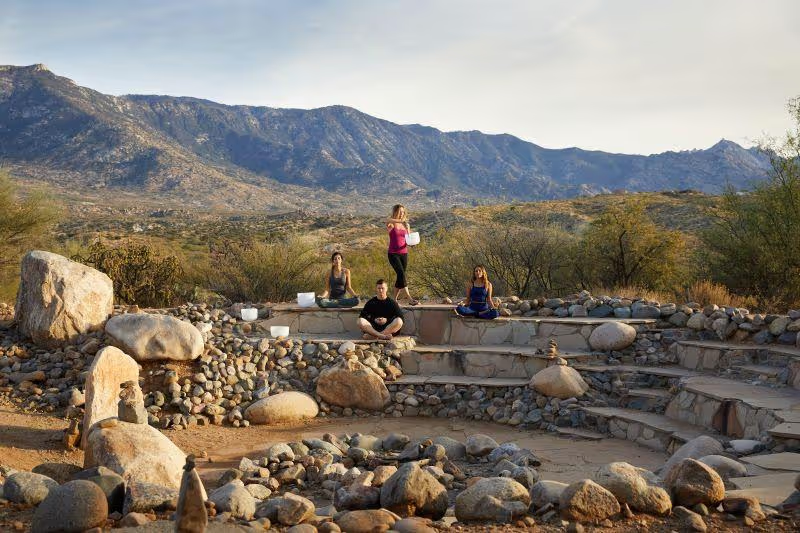
Example:
Miraval Resorts offer holistic retreats emphasizing mindfulness, yoga, and spa treatments, appealing directly to visitors seeking tranquility and self-care.
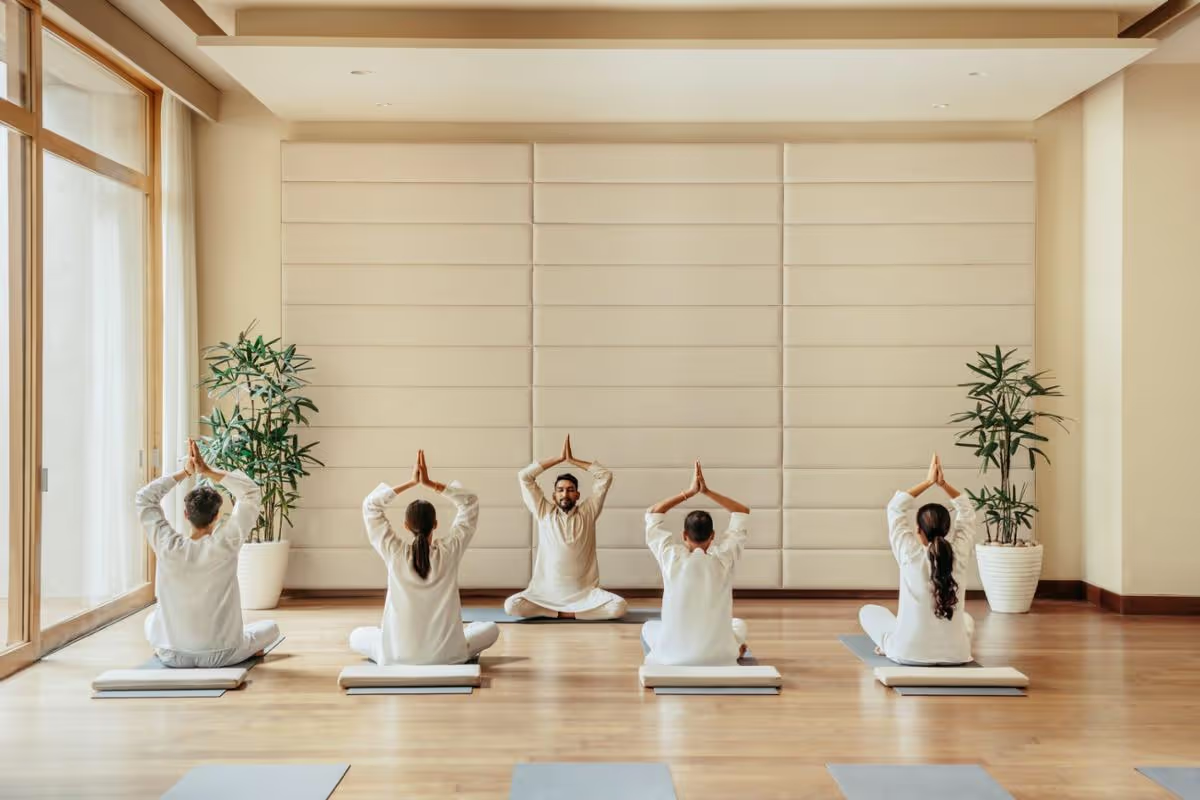
Six Senses Vana in India focuses on holistic wellness, offering Ayurvedic therapies, yoga sessions, and organic cuisine, pulling guests desiring comprehensive mind-body balance.
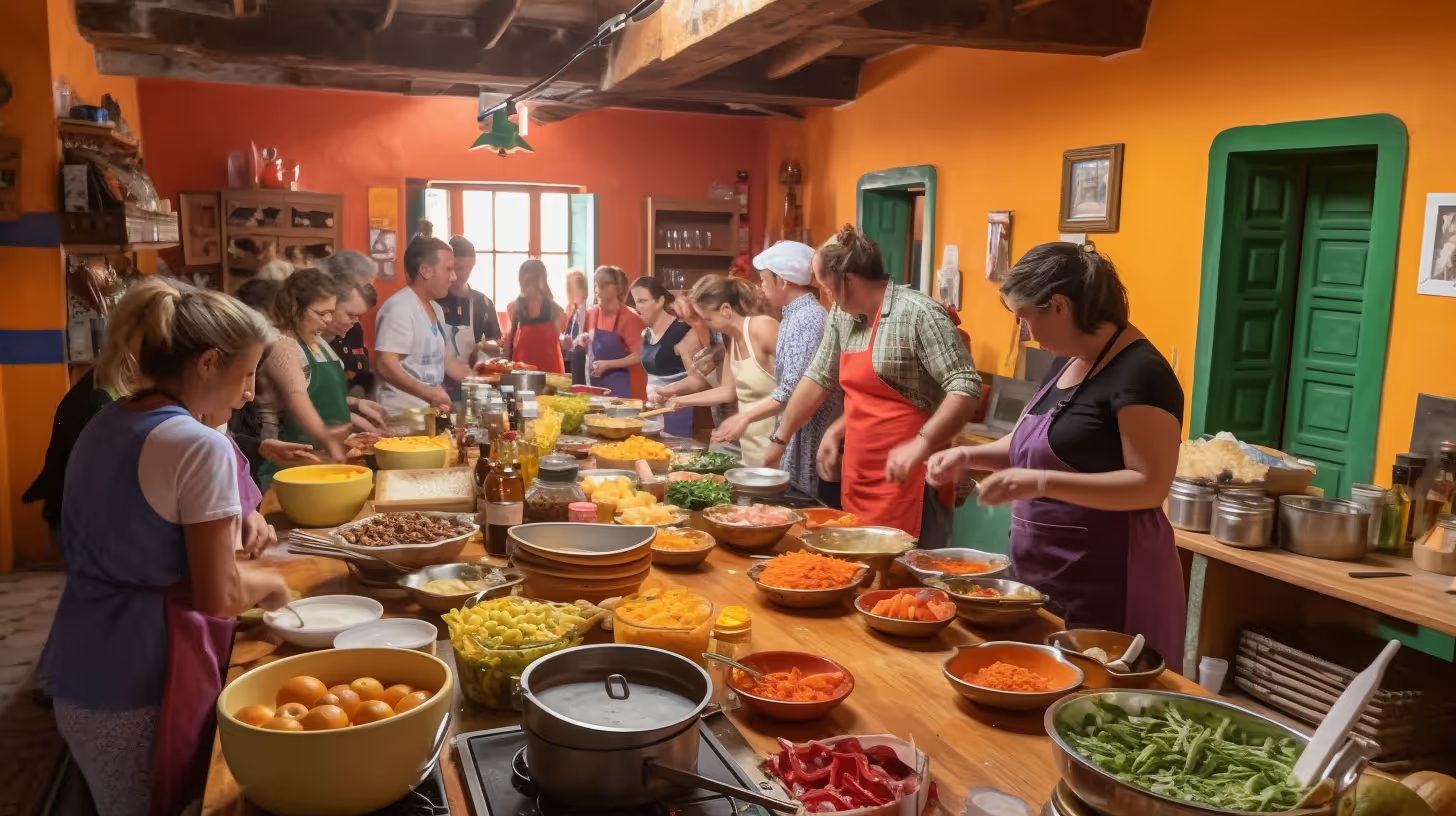
4. Local and Authentic Experiences (Pull)
Why It’s Trending
Modern travelers crave a deeper connection with the places they visit. In fact, 79% want to explore unique places not visited by friends, and 71% attend local events or festivals.
- Push: A longing for genuine encounters and an innate curiosity about different cultures drive tourists to seek immersive experiences.
- Pull: Collaborations with local communities—be it artisanal craft workshops, culinary demos, or digital tours that reveal hidden gems—pull travelers who hunger for authenticity.
Taking It Further with Digital Tools
- Online Marketplaces: Hotels can partner with platforms like Airbnb Experiences or GetYourGuide to feature exclusive, hyper-local tours.
- Community Apps & QR Codes: Provide guests with QR-enabled city guides that spotlight lesser-known historical sites, local markets, or street-art routes.
- Culinary Collabs: Team up with beloved local chefs to design pop-up menus or offer cooking classes. This fuses tradition and innovation, increasing a property’s pull factor.
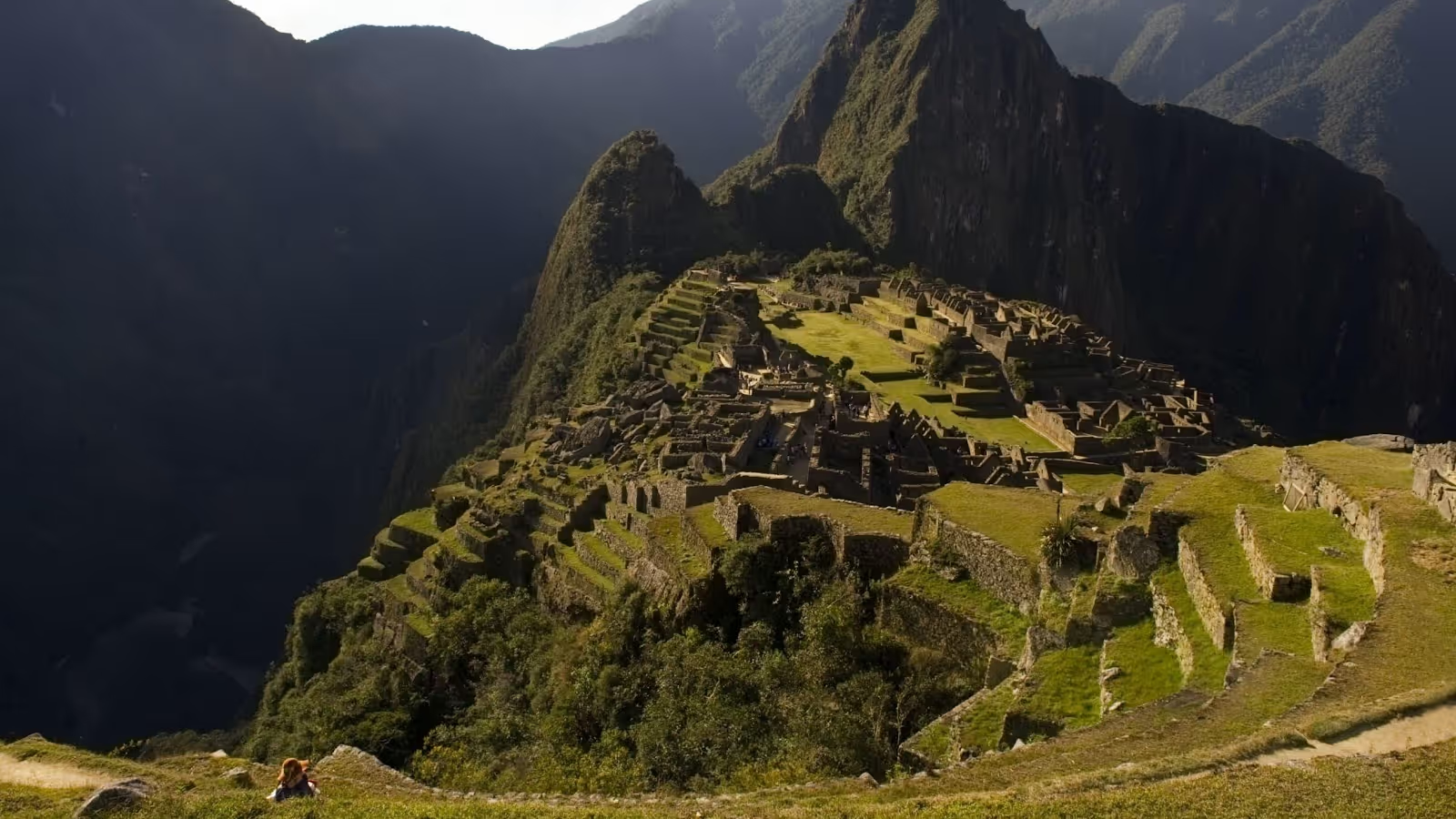
Example:
Belmond’s Peru itineraries grant exclusive access to Machu Picchu and local artisans, luring guests who want an immersive, authentic cultural connection.
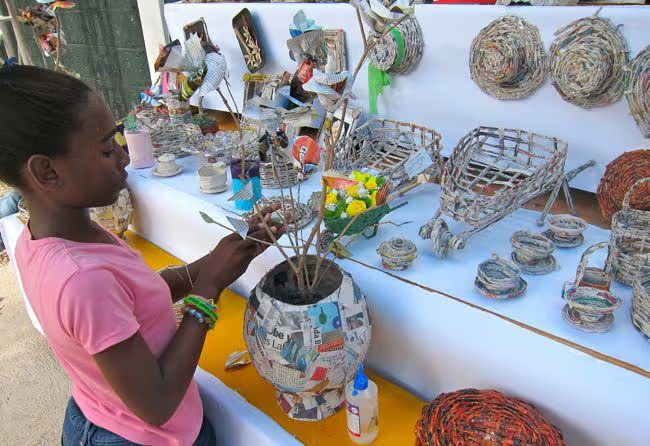
Casa de Campo in the Dominican Republic partners with local artisans for weekly craft workshops and farm-to-table dining experiences, blending the resort’s luxury with community-based activities.
5. Contactless Technology (Pull)
Why It’s Trending
In a post-pandemic era, safety and convenience remain top priorities, with 68% of travelers favoring digital services like mobile check-in/out to limit queues.
- Push: Travelers want frictionless journeys—no long lines, no unnecessary human contact for routine tasks.
- Pull: Hotels implementing contactless solutions (room-entry apps, digital concierge, streamlined online booking) are naturally more appealing to a safety- and convenience-conscious audience.
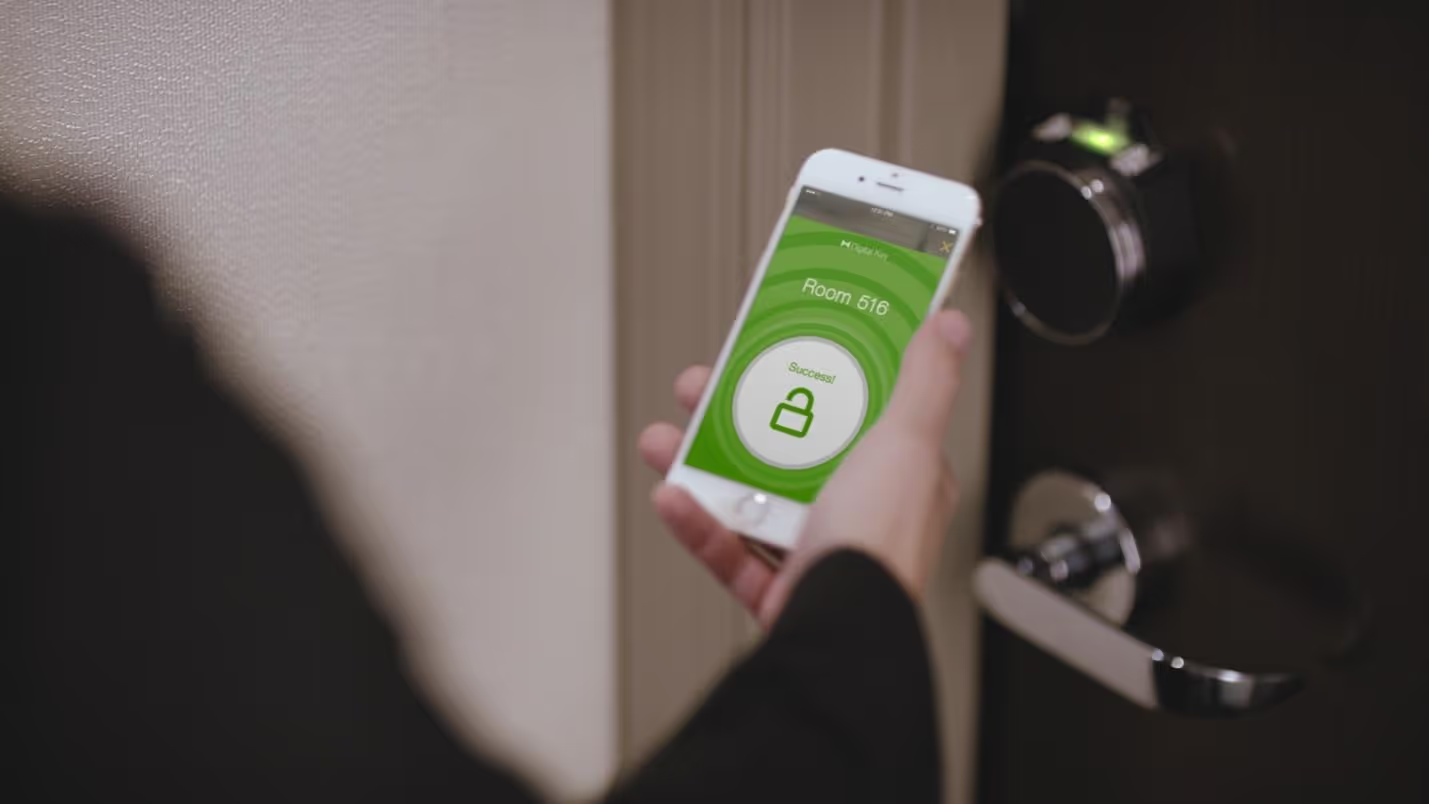
Example: Hilton’s Digital Key lets guests access rooms via smartphone, appealing to those who value fast, flexible service.

Accor introduced digital room keys through its “ALL – Accor Live Limitless” program, letting guests skip the front desk entirely. This resonates with time-strapped or crowd-averse travelers.
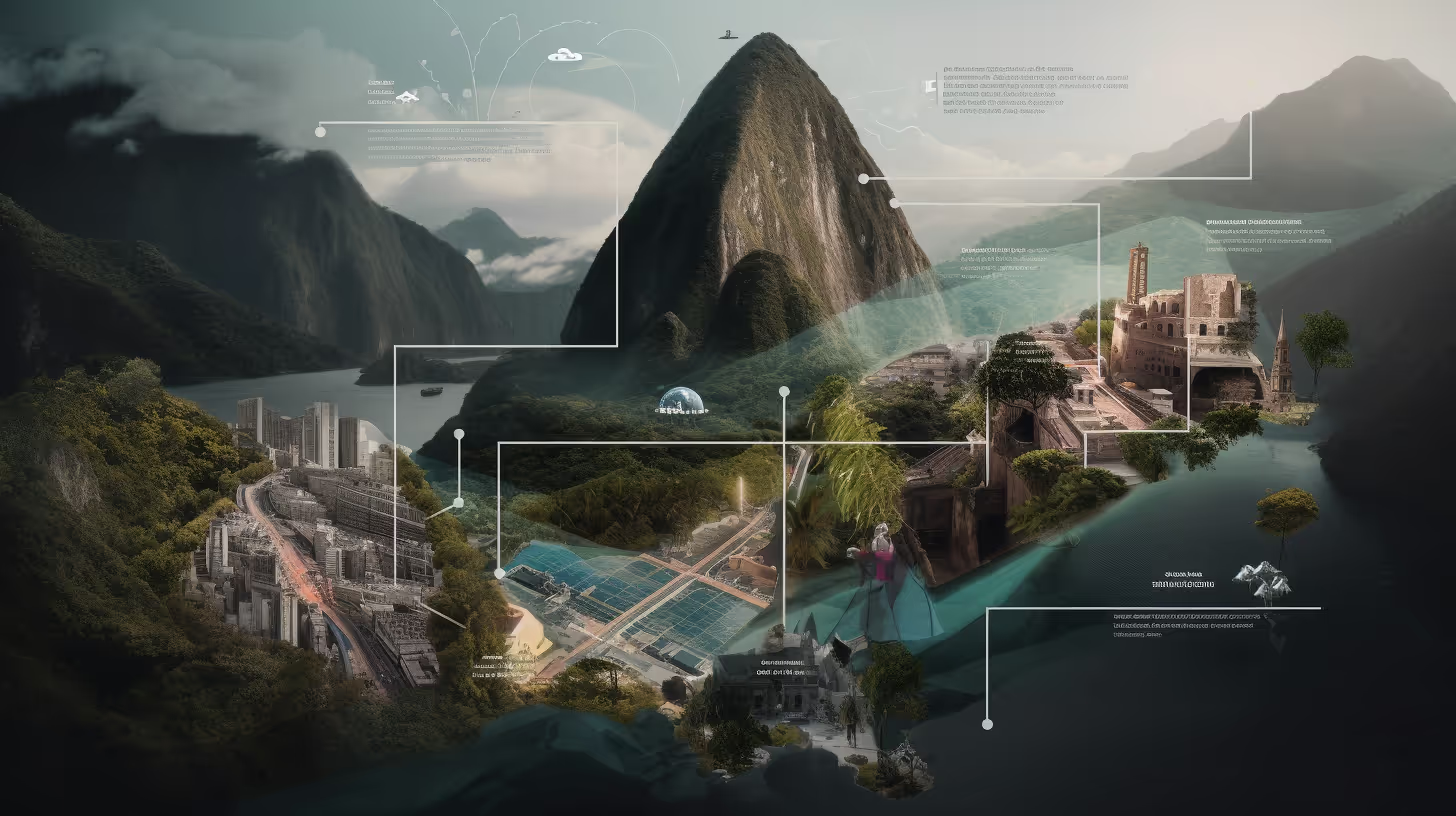
6. Multi-Destination Tourism: A Growing Trend
Why It’s Taking Off
Surveys indicate 72% of travelers prefer multi-stop itineraries, hitting beaches, city centers, and cultural landmarks in one go. Key reasons include:
- Variety & Adventure: Personal growth, cultural curiosity, and the desire to see it all.
- Improved Transportation: Low-cost flights, upgraded highways, and flexible travel bookings lower logistical barriers.
- Time Efficiency: People want maximum experiences in limited vacation windows.
Linking Multi-Destination Travel to Push and Pull
- Push (Internal Motivations)
- Relaxation & Escape: Some travelers schedule a short wellness stay before exploring a bustling metropolis.
- Culinary Curiosity: 81% seek new food adventures, so multi-stop trips let them sample different regional cuisines.
- Cultural Immersion: From festivals to historical tours, many want to pack multiple cultural events into one journey.
- Pull (External Features)
- Flexible Check-In/Out: With 85% rating schedule flexibility as key, 24-hour check-in can pull city-hoppers.
- Streamlined Transportation: 77% prioritize hotels offering shuttles or baggage transfers between stops.
- Cross-Property Loyalty Programs: Travelers love consistent service across multiple cities, especially when loyalty points or perks transfer seamlessly.
How Businesses Can Respond
- Streamlined Packaging
- Offer all-in-one itineraries—cultural events, local tours, inter-city transport—in one booking.
- Collaborative Partnerships
- Team up with sister hotels or tourism boards to create frictionless, multi-city experiences.
- Unified Loyalty & Booking
- Provide rewards redeemable at different locations, nudging guests to extend their journey within your brand.
Putting It All Together: Strategies for Success
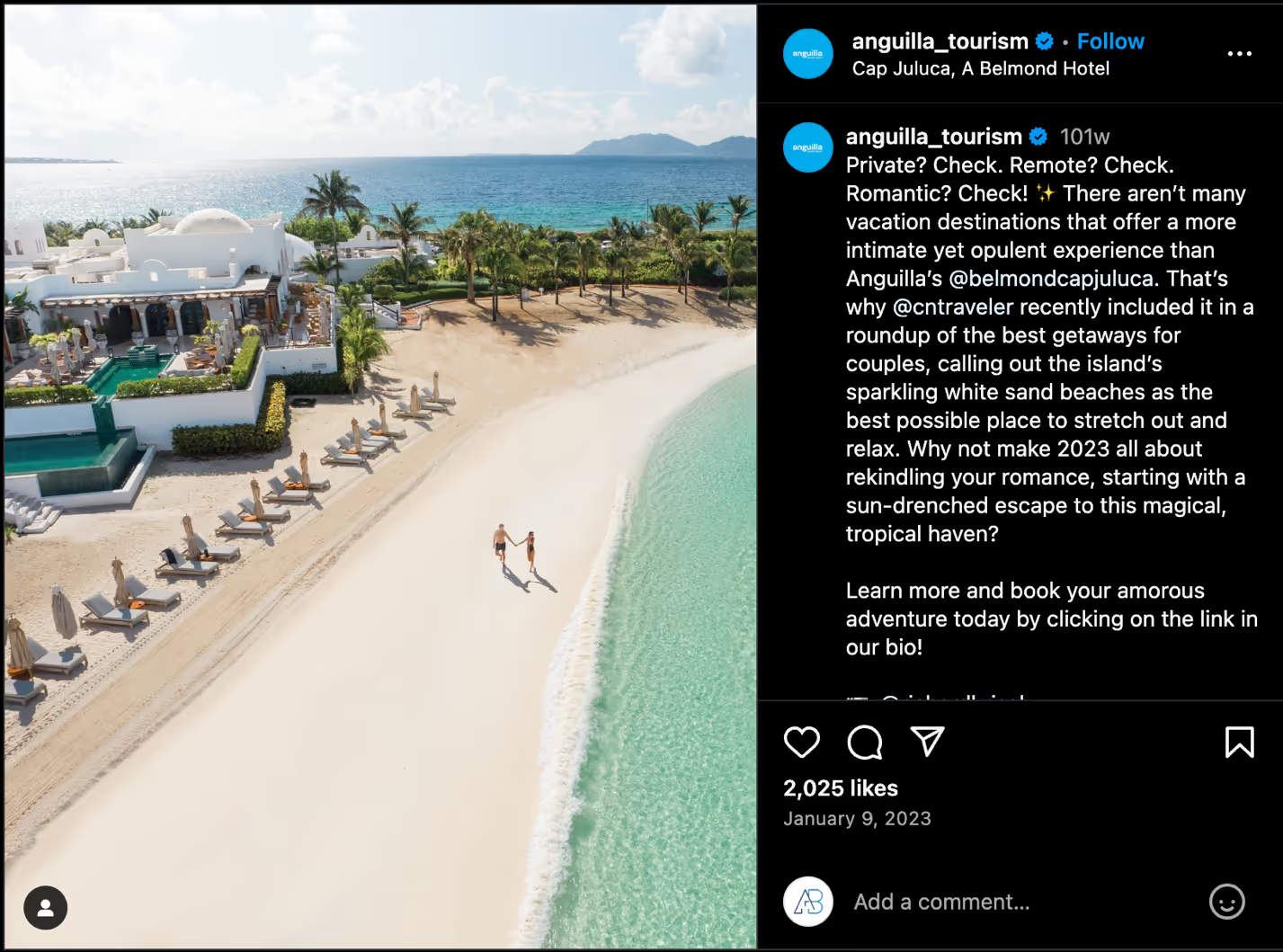
- Emphasize Natural Beauty
- 89% say scenic surroundings influence them. Showcase your property’s unique landscapes, beachfront, mountain views, or skyline panoramas.
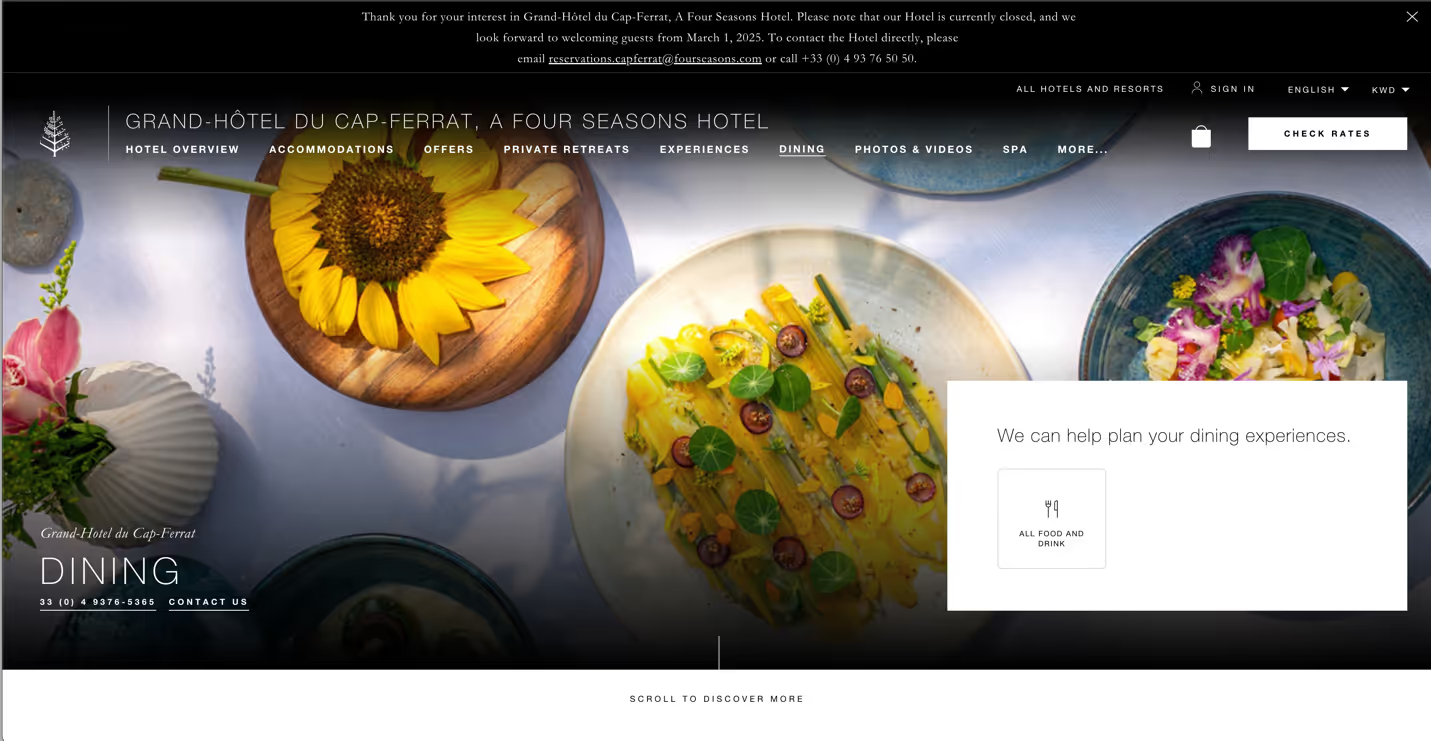
- Offer Culinary Diversity
- With 81% craving new food experiences, highlight local specialties or partner with neighboring restaurants to create memorable dining moments.
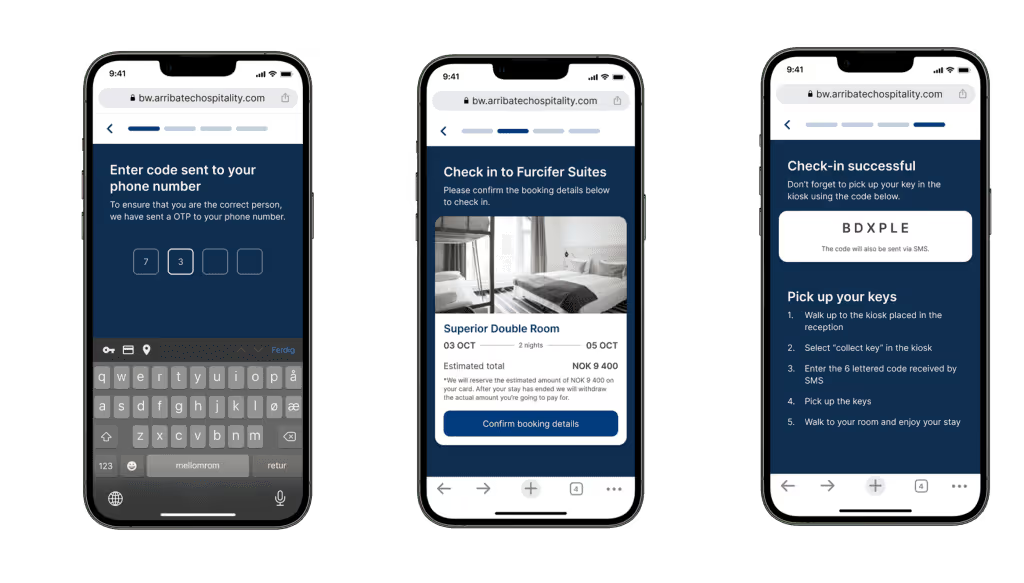
- Be Flexible and Tech-Savvy
- Provide flexible check-in/out, mobile keys, and contactless payment. This caters to both single-stop and multi-stop travelers seeking convenience.
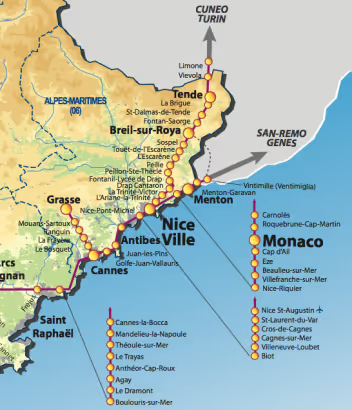
- Invest in Transportation Solutions
- Consider shuttles, train station pick-ups, and multi-city baggage transfers. These “pull” factors help multi-destination tourists easily get from one location to the next.
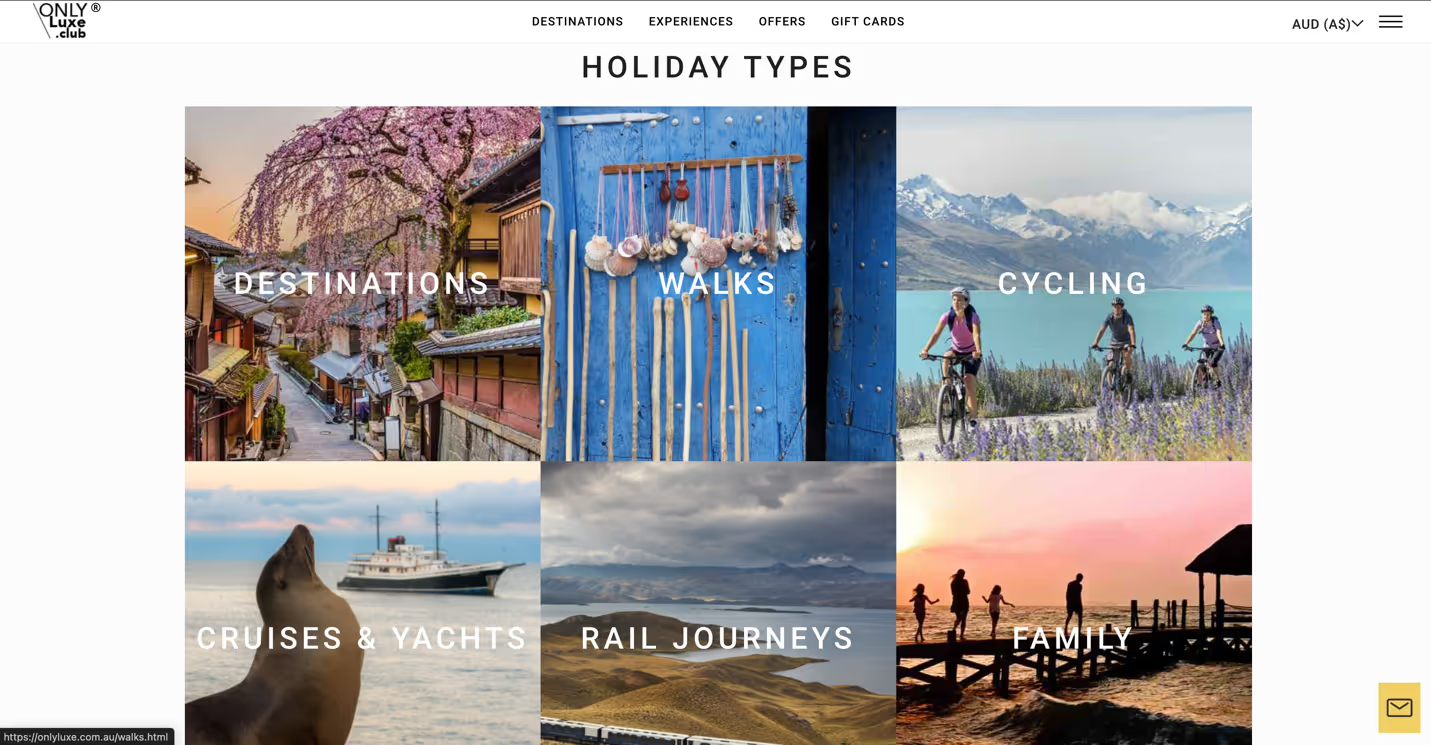
- Create Themed Packages
- Bundle wellness, adventure, cultural immersion, or culinary tours at multiple properties in your chain, or partner with local operators to cover broader regions.
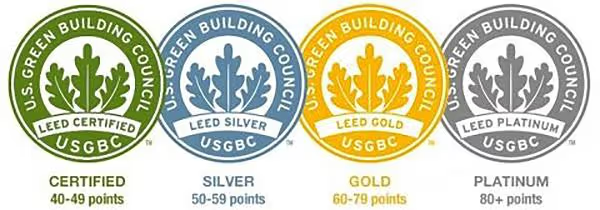
- Highlight Eco-Credentials
- With 74% of travelers wanting to travel more sustainably, emphasize your green practices.
Conclusion: Staying Ahead of the Curve
Adopting the push and pull model, and preparing for emerging trends, helps hotels deliver what contemporary travelers truly desire: internal motivations (relaxation, learning, or novelty) paired with external draws (smart technology, local authenticity, or eco-friendly operations).
Moreover, the rise of multi-destination travel highlights the importance of convenience, creativity, and collaboration. Each stop on a traveler’s journey should be stress-free yet fulfilling, ensuring they leave with indelible memories, and a strong incentive to return or recommend you to others.
Elevate Your Hospitality Strategy
Keen to transform your offerings and excel in a fast-evolving market?
Visit alibahbahani.com to discover how our insight-driven Ali Bahbahani & Partners specializes in concept creation, business transformation, and enhancing customer experiences. Visit us to see how our insights and data-driven services can empower your property, and turn today’s hospitality trends into tomorrow’s success stories.

.webp)

